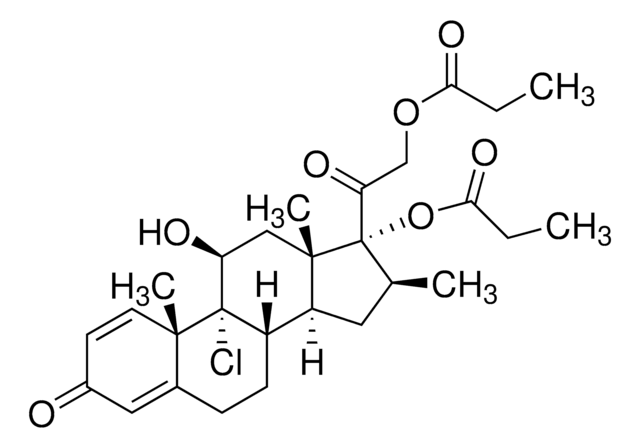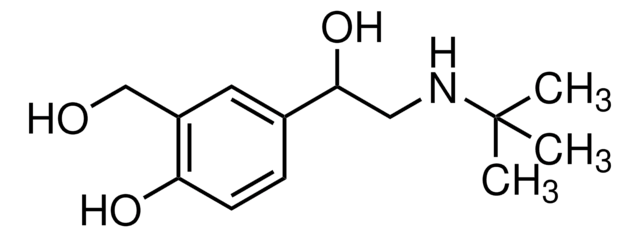514748
4-Benzyloxybenzyl alcohol, polymer-bound
100-200 mesh, extent of labeling: 1.5-2.0 mmol/g OH loading, 1 % cross-linked with divinylbenzene
Synonym(s):
p-Alkoxybenzyl alcohol, polymer-bound, Wang resin, [4-(Hydroxymethyl)phenoxymethyl]polystyrene
About This Item
Recommended Products
Quality Level
crosslinking
1 % cross-linked with divinylbenzene
reaction suitability
reaction type: Fmoc solid-phase peptide synthesis
extent of labeling
1.5-2.0 mmol/g OH loading
particle size
100-200 mesh
functional group
alcohol
Looking for similar products? Visit Product Comparison Guide
Storage Class
11 - Combustible Solids
wgk_germany
WGK 3
flash_point_f
Not applicable
flash_point_c
Not applicable
ppe
Eyeshields, Gloves, type N95 (US)
Choose from one of the most recent versions:
Already Own This Product?
Find documentation for the products that you have recently purchased in the Document Library.
Our team of scientists has experience in all areas of research including Life Science, Material Science, Chemical Synthesis, Chromatography, Analytical and many others.
Contact Technical Service



